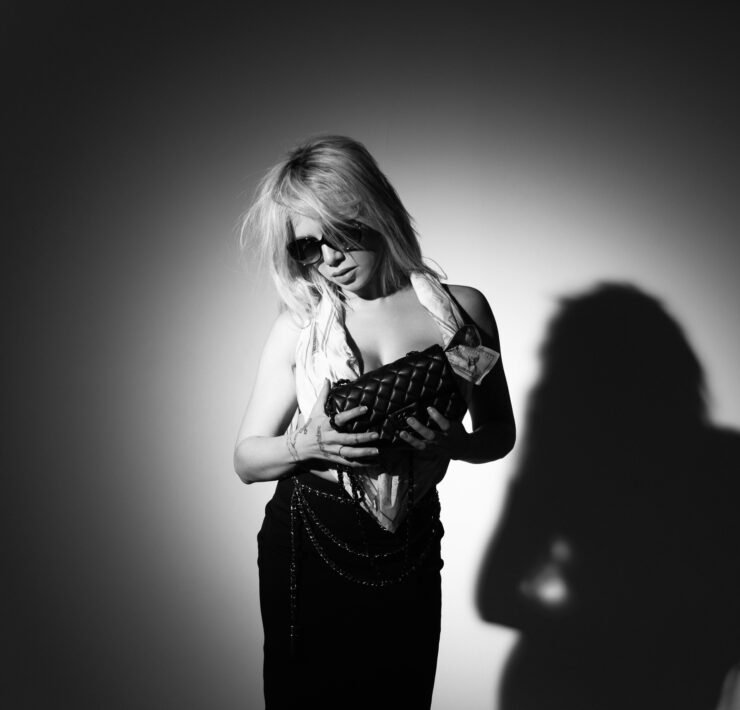The Art of Curating Art

Yvonne Wright is an Emmy-award-winning journalist who is a connoisseur…
Chances are, you do not have a multi-million-dollar Picasso purchased for $5 at a garage sale. Don’t get me wrong — it does happen. Masterpieces are occasionally uncovered in dusty attics and garages. Just know that the chances of this happening to you are about 100 billion times less likely than winning the Lotto.
If you want to invest in art — as in, actually make a profit from it — you’ll need to start a collection. First and foremost, buy what you love. After that, follow a few basic guidelines.
Originals
My most memorable moment happened the first time I saw an original Monet. I remember standing utterly still while simultaneously being blown away. I could barely catch my breath. How was it possible a person saw the world this way? The fluidity of colors and bold brush strokes literally had water lilies dancing off the canvas. I was 17 and immensely disappointed when I went to the gift shop in hopes of bringing some of that magic home. Copies couldn’t come near the majesty of the originals.
As for value, just because something is an original does not make it worth more. Many of the “original” oils you find in art clearance houses are assembly line pieces. One person paints the sky, another the mountains, and so on. In the end, it’s often worth little more than the frame it comes in. When my mother died, she left dozens of original pieces from across the globe. Yet, when I had them appraised, the most valuable piece in her collection was not an original painting — it was a 1960s political poster tacked to the back of one of her paintings.
Prints
Luckily, there are copies that do justice to the original. A print can be anything from a mass-produced poster to an artist’s hand-carved etching. There are dozens of ways to reproduce an original and some are not only beautiful, but worth quite a bit. When buying prints, look for limited editions. I personally will only buy a print if it’s hand-signed and numbered by the artist.
Artists
Whether an original or a print is worth something largely depends on the artist. Established, well-known artists are obviously going to fetch more money and are more likely to increase in value as time goes on.
At the same time, some of the biggest money-makers are purchased from up-and-coming artists before they hit it big. This is always going to be a gamble, which is why you need to buy what you love. I also look for older, established artists whose work will likely go up in value after the artist dies. I was able to grab a hand-signed Itzchak Tarkay print before he died and it tripled in value.
Themes
The nice thing about buying art with a theme is you will then have two groups of people interested in buying it — art collectors and collectors of whatever’s depicted in the piece. Also know that art is worth more if it represents a period the artist is known for. A cubist painting by Picasso will sell for more than one of the pieces done during his realism period. When people think of Picasso, they think of a picture with a nose where the eyes should be.
Galleries
If you buy from a gallery, you will pay more than buying from the secondary market (eBay for instance). Just like a car, once that painting leaves the showroom, you’re down several hundred (or thousand) dollars. On the up side, galleries are often more reliable in authenticating their work. No matter where you buy your art, always get a certificate of authentication.
It doesn’t have to be expensive to collect. Supporting local artists encourages future generations of artists. And if you’re lucky, your home will be full of images that can take your breath away!
What's Your Reaction?
Yvonne Wright is an Emmy-award-winning journalist who is a connoisseur of great literature and mediocre TV.










